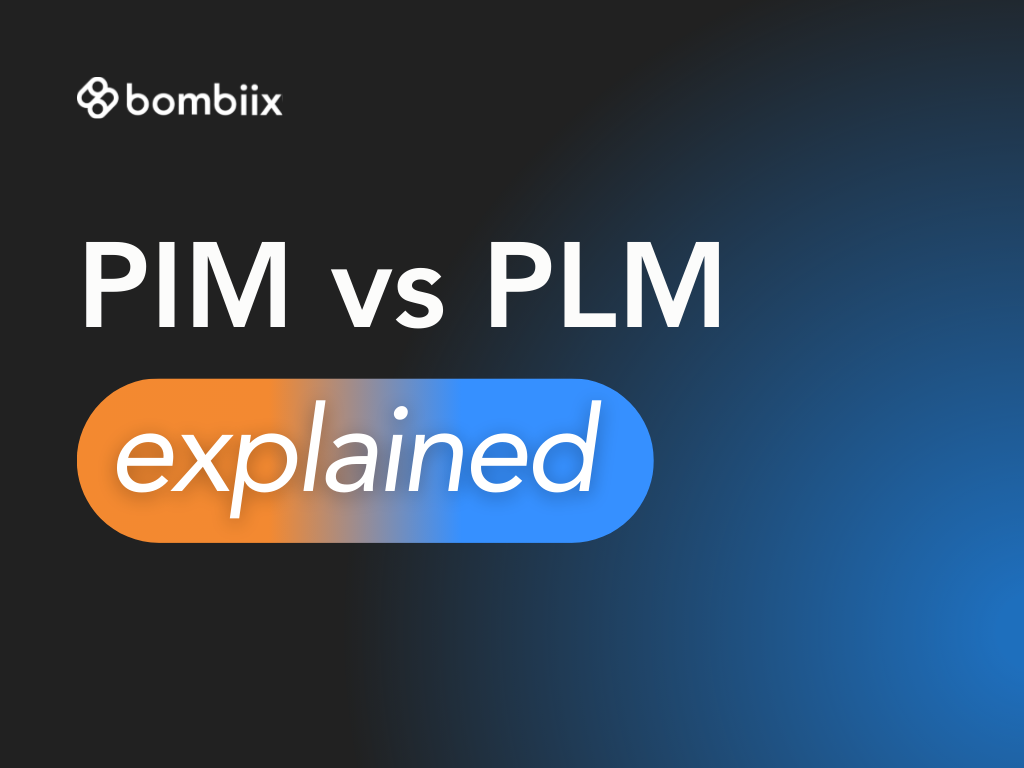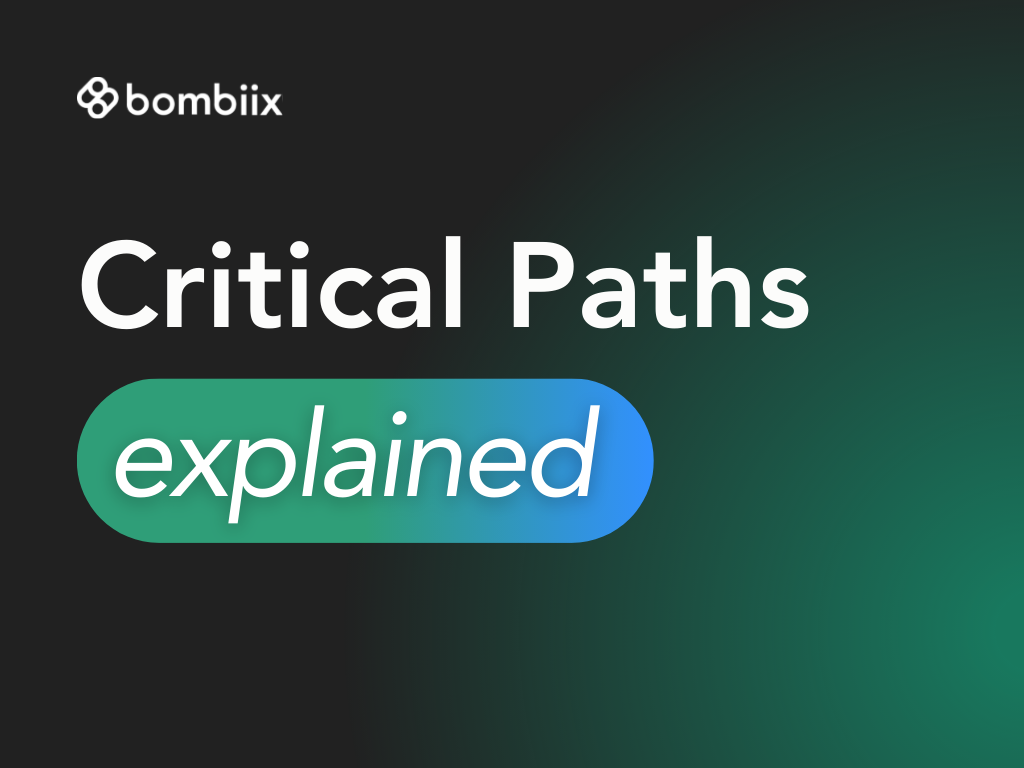PIM vs PLM: What’s the difference between PIM and PLM software?
Product teams often find themselves buried under busywork. Filling time with never-ending spreadsheets and email threads while trying to keep up with faster launches, higher customer expectations and tighter margins.
And, as the fashion industry – in particular the luxury sector – shows no signs of slowing down, the demand for smarter ways of working only rises.
Product management software, such as PLM (Product Lifecycle Management) and PIM (Product Information Management), are often parroted as the solution.
But, with so many options and acronyms out there (PLM, PIM, PDM and ERP, just to name a few), it’s easy to see why brand owners are confused, misguided and frequently sold expensive software that doesn’t serve their business or their people.
PLM and PIM software are prime examples of this.
Whether it’s because of the similarities in the acronyms or the overlaps in what they offer, it’s common for the lines to be blurred between the two.
However, implementing the wrong software can be catastrophic for businesses.
Rolling out new software is a significant investment of time, energy and budgets. And to go through all of that and still end up with disconnected processes and data duplication? That’s the whole reason you decided to move away from spreadsheets and emails in the first place!
In this guide, we provide a clear explanation of PLM and PIM, outlining everything you need to know and the key differences, so you can make an informed decision on how to move forward with your brand.
What is PLM software?
Product Lifecycle Management manages everything about your product – from the first idea to delivery. Think design, development, sourcing, production, compliance and suppliers.
It’s your single source of truth for all product-related data. PLM helps your teams work from one place instead of dozens of scattered spreadsheets and files.
Everyone is aligned, everyone is pushing towards the same goals and your products are moving forward.
For a more in-depth look at PLM, what it can do for your business and what to look out for when choosing PLM software, read our practical guide to PLM.
What is PIM software?
Product Information Management (PIM) manages all the information your customers see when they shop: product descriptions, specs, sizes, images, pricing, stock levels, promotions. If PLM makes sure your products are built right, PIM makes sure they’re sold right. It feeds accurate, consistent product information to every sales channel, such as your website, Shopify store, Amazon, retailers, wholesalers – wherever customers buy from you. The key benefit: customers get the same, trustworthy information wherever they shop, building confidence and reducing returns. For a more detailed look at PIM and what it can do for your business, read our beginner’s guide to PIM.Similarities between PIM and PLM
By now, you should be seeing the differences between PIM and PLM. But there are some similarities, which is why brand owners often get them muddled up when looking for the best product software. Some similarities between the two include:- Both act as centralised hubs for product data.
- Both integrate with other systems (your ERP, e-commerce and design tools).
- Both improve collaboration and efficiency across teams.

PLM vs PIM explained
Choosing between PIM and PLM can feel tricky because both deal with product data, but they serve very different purposes. Here’s how they compare side by side:PLM vs PIM comparison table
| Feature / Focus | PLM (Product Lifecycle Management) | PIM (Product Information Management) |
|---|---|---|
| Role | Inward-facing: manages all product data from concept to production. | Outward-facing: manages product data for customers and sales channels. |
| Primary users | Designers, product developers, sourcing, production, buying, costing teams, suppliers. | Marketing, e-commerce, digital, sales teams. |
| Lifecycle stage | Early stages: concept → design → development → manufacturing → delivery. | Later stages: once products are ready for market launch → e-commerce, retail, wholesale. |
| Data managed | Technical data, BOMs, costs, compliance, supplier info, samples, purchase orders. | Customer-facing data: product descriptions, specs, images, SKUs, stock, pricing, promotions. |
| Integrations | CAD, Adobe Illustrator, ERP, suppliers, testing labs, even PIM. | E-commerce platforms (Shopify, Amazon, Magento), ERP, PLM. |
| Key benefits | Creates a “single source of truth” for product development. Boosts efficiency, reduces errors, shortens time to market. | Ensures consistent, accurate product data across all sales channels. Builds trust, improves customer experience, reduces returns. |
| Best fit for | Brands creating or developing products with complex supply chains. | Brands selling across multiple digital or retail channels needing data consistency. |
Most businesses don’t need to choose – they need both. PLM manages how products are made, and PIM manages how products are sold. That’s why at Bombiix, our PIM module comes free as standard with PLM, so you get one platform to power your entire product journey.
Lifecycle stages: How PLM leads, How PIM follows
Another useful way of comparing PLM and PIM is looking at the product journey.PLM takes the lead
Once products are finalised, your PLM distributes accurate data across all sales channels. In other words: PLM makes the product real. PIM makes the product visible. Together, they carry your product from concept to customer.PIM follows
Once products are finalised, your PLM distributes accurate data across all sales channels. In other words: PLM makes the product real. PIM makes the product visible. Together, they carry your product from concept to customer.Do you need PIM, PLM or both?
Small e-commerce sellers – PIM or PLM?
If you’re buying read-made products to sell, PIM alone may be enough.
Brands developing products – PIM or PLM?
Start with PLM to create your single source of truth. Add PIM when you’re ready to scale across multiple sales channels.
Larger brands – PIM or PLM?
You’ll almost certainly need both PLM and PIM.With Bombiix, you don’t need to choose. Our PLM and PIM modules are built to work together effortlessly, so your product journey is smooth from concept to customer.



